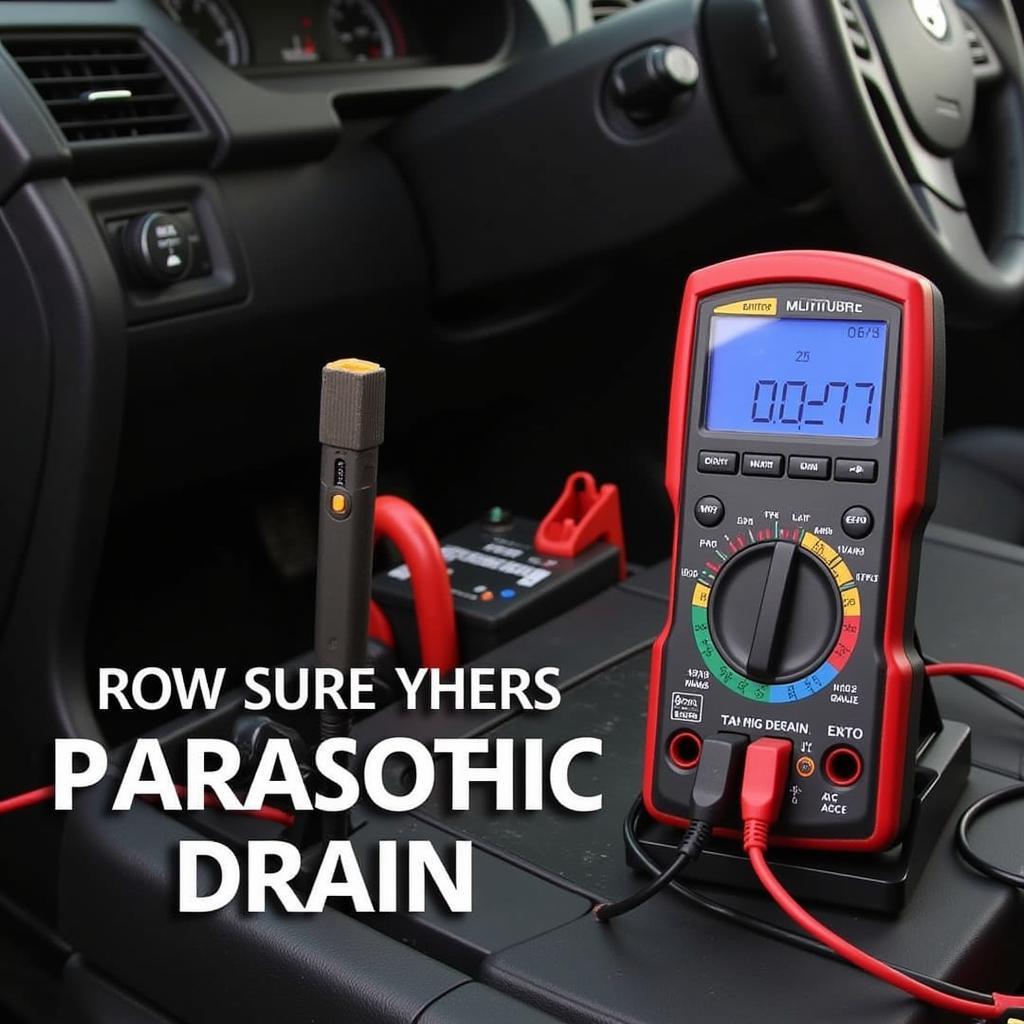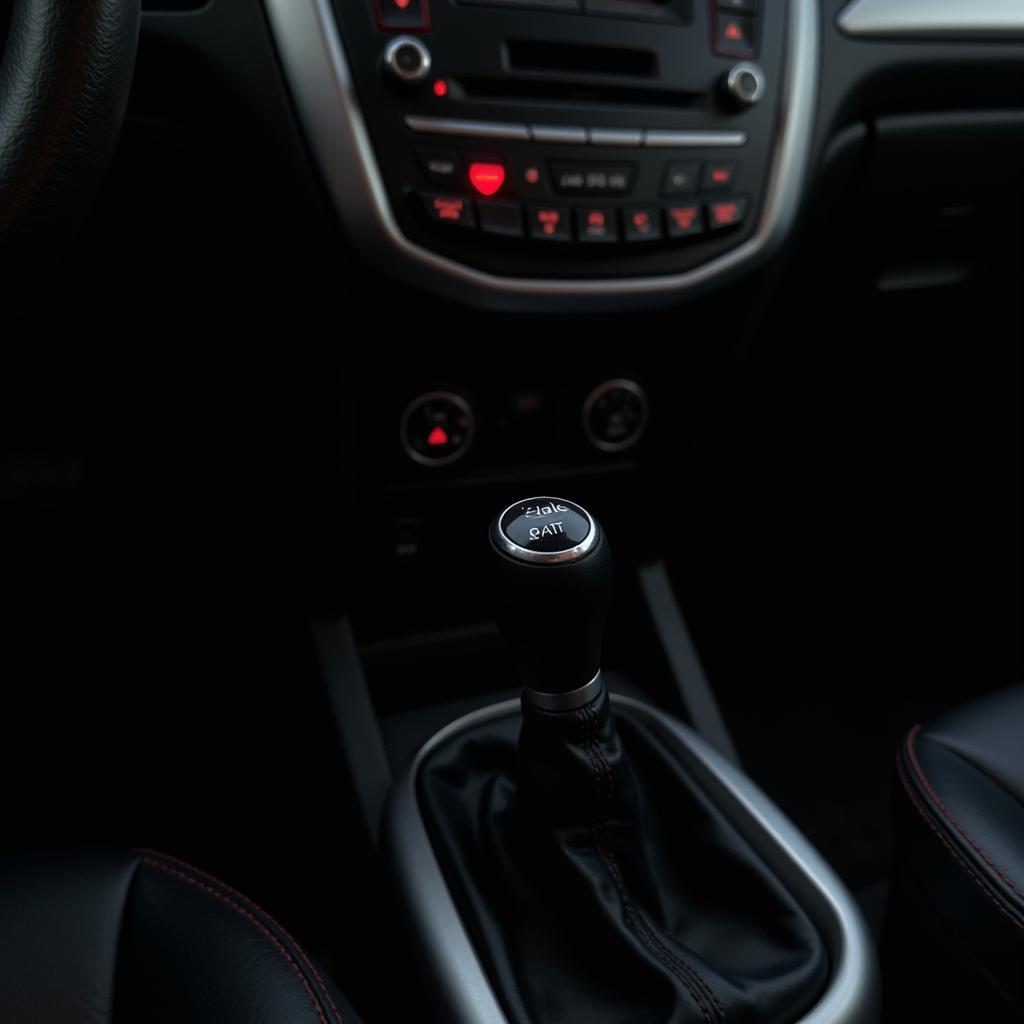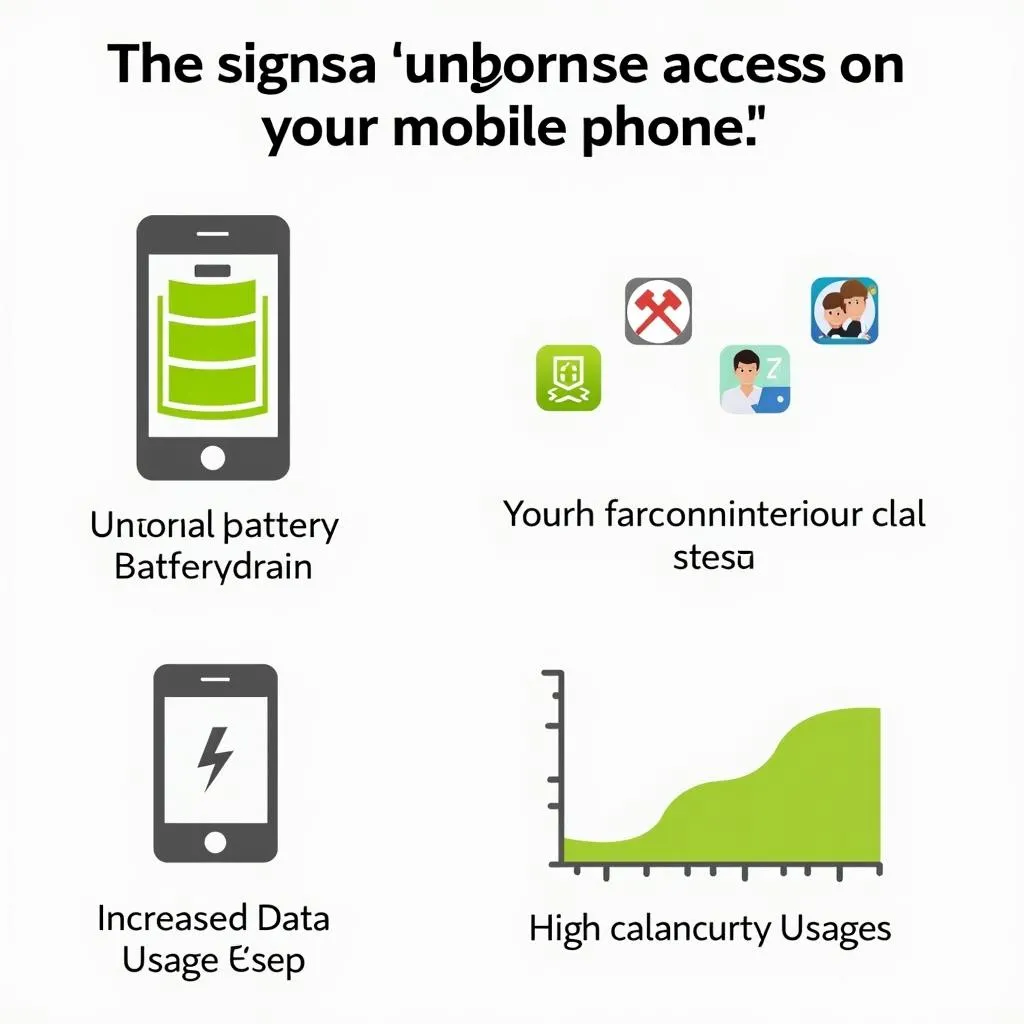A dead car battery is a frustrating experience, but understanding the reasons a car battery goes dead can help you prevent it. From leaving lights on to extreme temperatures, we’ll explore the most common culprits and offer solutions to keep you on the road. sign of car battery going bad A proactive approach can save you time, money, and the hassle of a dead battery.
Common Culprits Behind a Dead Car Battery
Several factors can contribute to a car battery going dead. Identifying the cause is the first step to finding a solution and preventing future occurrences.
Parasitic Drain: The Silent Battery Killer
One of the most common reasons a car battery goes dead is a parasitic drain. This occurs when electrical components continue to draw power even after the car is turned off. Common culprits include interior lights, faulty wiring, and aftermarket accessories like stereos and alarms. Even a small drain can deplete your battery over time.
 Parasitic Battery Drain Example
Parasitic Battery Drain Example
Extreme Temperatures: A Battery’s Worst Enemy
Both extreme heat and cold can significantly impact battery performance. High temperatures can accelerate the chemical reactions within the battery, leading to faster degradation. Conversely, cold temperatures reduce the battery’s capacity to hold a charge, making it harder to start your car.
Old Age: The Inevitable Decline
Like any component, car batteries have a limited lifespan. Typically, they last between three and five years, depending on usage and climate. As a battery ages, its internal components degrade, reducing its ability to hold a charge.
Frequent Short Trips: Not Enough Time to Recharge
If you primarily drive short distances, your battery may not have enough time to fully recharge between trips. This can lead to a gradual decline in its charge over time, eventually resulting in a dead battery.
Leaving Lights On: A Classic Mistake
Accidentally leaving headlights, interior lights, or other accessories on is a surefire way to drain your battery. While modern cars often have warning systems, older models may not, making it easy to overlook this simple mistake.
How to Diagnose and Fix a Dead Car Battery
[dead battery no jumper cables](https://cardiagtech.com/dead-battery-no-jumper cables/) If your battery is dead, there are a few steps you can take to diagnose the problem and get your car running again. Jump-starting is a common solution, but it’s essential to address the underlying cause to prevent future issues. Testing the battery with a multimeter can help determine its overall health and identify potential problems like a bad alternator.
Preventing Future Battery Problems
Taking proactive steps can help you avoid the frustration of a dead battery. Regularly checking your battery terminals for corrosion, ensuring your charging system is functioning correctly, and limiting short trips can significantly extend your battery’s life. Investing in a battery maintainer can also help keep your battery charged, especially during periods of inactivity or extreme temperatures.
“Regular battery maintenance is like an oil change for your electrical system – it’s crucial for optimal performance and longevity,” says John Davies, Senior Automotive Technician at Davies Auto Repair.
What to Do When Your Key Fob Dies?
Sometimes, it’s not the car battery that’s the problem but the key fob. A dead key fob can leave you stranded. land rover key fob replacement offers information on replacing your key fob, while range rover evoque battery problems and land rover key fob battery replacement can help diagnose and address specific issues related to Land Rover vehicles.
“Key fob batteries are often overlooked, but they’re just as susceptible to dying as your car battery. Keeping a spare battery on hand can save you a lot of trouble,” advises Sarah Miller, Lead Electrical Systems Engineer at Miller Automotive Solutions.
Conclusion
Understanding the reasons a car battery goes dead is key to preventing future headaches. By addressing the common causes and adopting proactive maintenance practices, you can ensure reliable starts and keep your car on the road. Regular maintenance and timely replacements are essential to avoid the inconvenience and frustration of a dead car battery.
FAQ
-
How long does a car battery typically last? A car battery typically lasts between three and five years.
-
What are the signs of a dying car battery? Signs include slow engine cranking, dim headlights, and clicking sounds when turning the key.
-
Can a car battery be recharged after it goes dead? Yes, in many cases, a dead car battery can be recharged with a battery charger or by jump-starting the car.
-
How can I prevent my car battery from going dead? Regular maintenance, limiting short trips, and turning off all accessories before exiting the vehicle can help prevent a dead battery.
-
What should I do if my car battery keeps dying? Have a professional mechanic inspect your car’s charging system and battery to identify any underlying issues.
-
Is it safe to jump-start a car battery? Yes, if done correctly, jump-starting a car is safe. However, it’s important to follow the proper procedures to avoid any potential hazards.
-
What are some common causes of parasitic drain? Faulty wiring, malfunctioning electrical components, and aftermarket accessories can cause parasitic drain.


